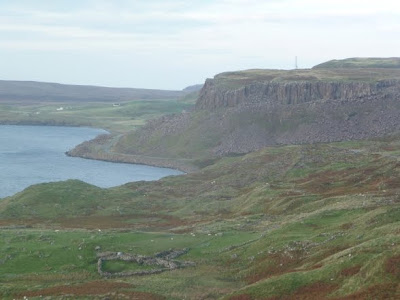 |
Interestingly, the train goes under the canal
|
 |
Closer-up of the Wheel
|
 |
The poster photo
|
 |
And they light it up at night...cool
|
...recounts the retirement travels of Mark and Vicki Sherouse since 2008...in Asia and the Pacific, New Zealand, Europe, South America, and Africa, as well as the US and Canada. Our website, with much practical information, is: https://sites.google.com/site/theroadgoeseveron/.Contact us at mark.sherouse@gmail.com or vsherouse@gmail.com.
 |
Interestingly, the train goes under the canal
|
 |
Closer-up of the Wheel
|
 |
The poster photo
|
 |
And they light it up at night...cool
|
 |
Glencoe, in the rain; people go walking in this?
|
 |
Stirling Castle walls
|
 |
Royal residences of various James, Marys, et al.
|
 |
The Rood, where important coronations occurred
|
 |
The Argyll House, another 17th century aristocratic abode I couldn't get into except
for noticing... |
 |
This woman's huge right bicept; too much caber-tossing?
|
 |
The Mel Gibson, I mean, Willam "Braveheart" Wallace memorial, from the Castle
|
 |
Robert the Bruce statue at Bannockburn
|
 |
After-edit: this is Ben Nevis, from the south
|
 |
Very famous castle we passed on the way to Fort William
|
 |
Lower slopes of the Ben the evening before, from the
campground; I was hopeful of actually seeing the mountain
this time
|
 |
Some other mountain across the Glen; nice day so far...
|
 |
Campground
|
 |
Fort William below; still nice
|
 |
Then things fell apart; me, in the summit hurricane, hoping
my pack wouldn't blow away
|
 |
Summit structures, an old observatory and hotel, now a
shelter; the Victorians had some interesting ideas about
where to put hotels
|
 |
Sign I should have read at the visitor center,
especially the part about 355 cloudy days per
year; Denali is not that bad! But I probably
would have done it anyway...
|
 |
Broadford Hotel, Broadford, Isle of Skye |
 |
Old bottle |
 |
Another |
 |
Maybe our best campsite yet was at the foot of these cliffs, on a shelf above
the sea |
 |
Campsite, east coast of Skye
|
 |
Seagull rest area
|
 |
Skye east coast cliffs and waterfall
|
 |
Lewis Castle; note trees in the former noble's deer park
|
 |
Harris Tweed, by the bolt
|
 |
Old looms become planters
|
 |
Landscape
|
 |
Interior
|
 |
Hearth--that is, peat coals burning in the middle of the floor --no chimney;
easier to smoke fish that way... |
 |
Box beds
|
 |
Of course, the animals lived under the same roof too
|
 |
Doune Broch |
 |
Interior....beautiful dry stone work, here as at other places |
 |
Interior staircase (that is, between the inner and outer walls) |
 |
Model of Callanish from visitor center...cruciform, avenues, circle, etc. |
 |
Beautiful rock |
 |
View from the "natural" temple |
 |
 |
Part of circle and transept |
 |
Vicki |
 |
Us |